Intro
Discover varicose veins symptoms, causes, and treatments. Learn to identify swollen veins, spider veins, and leg pain, and understand the risks of deep vein thrombosis and venous insufficiency.
Varicose veins are a common condition that affects millions of people worldwide, causing discomfort, pain, and embarrassment. The symptoms of varicose veins can vary from person to person, but they often include visible signs such as bulging veins, discoloration, and swelling. Understanding the symptoms of varicose veins is essential to seeking proper treatment and relief. In this article, we will delve into the world of varicose veins, exploring their causes, symptoms, and treatment options.
Varicose veins are enlarged, twisted veins that can occur anywhere in the body, but they are most commonly found in the legs. The veins in the legs are subjected to high pressure, which can cause them to become weakened and stretched, leading to the formation of varicose veins. Factors such as genetics, age, obesity, and pregnancy can increase the risk of developing varicose veins. As the condition progresses, it can lead to a range of symptoms, from mild discomfort to severe pain and disability.
The symptoms of varicose veins can be divided into visible and non-visible signs. Visible signs include bulging veins, discoloration, and swelling, while non-visible signs include pain, itching, and heaviness in the legs. In some cases, varicose veins can lead to more serious complications, such as blood clots, skin ulcers, and bleeding. Understanding the symptoms of varicose veins is crucial to seeking proper treatment and preventing these complications.
Causes of Varicose Veins
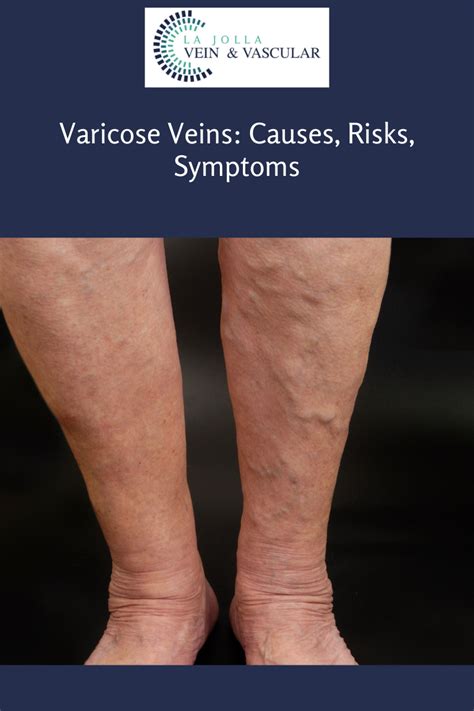
Risk Factors for Varicose Veins
The risk factors for varicose veins can be divided into two categories: genetic and environmental. Genetic risk factors include a family history of varicose veins, while environmental risk factors include age, sex, obesity, and pregnancy. Other risk factors include a sedentary lifestyle, smoking, and certain medical conditions. Understanding these risk factors is essential to preventing and treating varicose veins.Symptoms of Varicose Veins
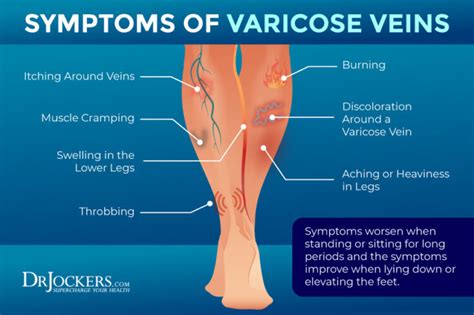
Visible Signs of Varicose Veins
The visible signs of varicose veins include: * Bulging veins * Discoloration * Swelling * Skin ulcers * Bleeding These signs can be unsightly and embarrassing, but they can also be a sign of a more serious underlying condition. Understanding the visible signs of varicose veins is essential to seeking proper treatment and relief.Treatment Options for Varicose Veins
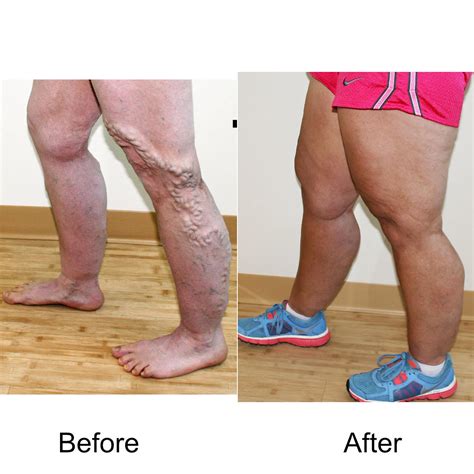
Self-Care Measures for Varicose Veins
Self-care measures for varicose veins include: * Exercise: Regular exercise can help improve circulation and reduce symptoms. * Elevation: Elevating the legs can help reduce swelling and discomfort. * Compression stockings: Wearing compression stockings can help improve circulation and reduce symptoms. * Weight loss: Losing weight can help reduce pressure on the veins and improve symptoms. These self-care measures can be effective in treating mild cases of varicose veins, but they may not be enough to treat more severe cases.Complications of Varicose Veins
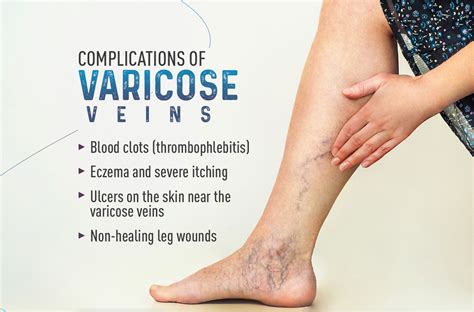
Preventing Varicose Veins
Preventing varicose veins is essential to reducing the risk of complications and improving overall health. The following steps can help prevent varicose veins: * Exercise regularly * Maintain a healthy weight * Avoid standing or sitting for long periods * Wear compression stockings * Elevate the legs regularly These steps can help reduce the risk of varicose veins and improve overall health.Diagnosing Varicose Veins
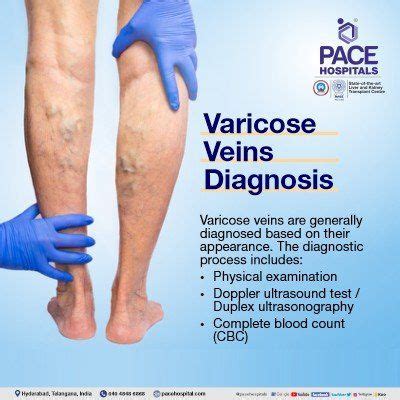
Treatment Options for Varicose Veins
The treatment options for varicose veins depend on the severity of the condition and the individual's overall health. Mild cases of varicose veins can be treated with self-care measures, while more severe cases may require medical treatment. Understanding the treatment options for varicose veins is essential to finding relief and preventing complications.Living with Varicose Veins
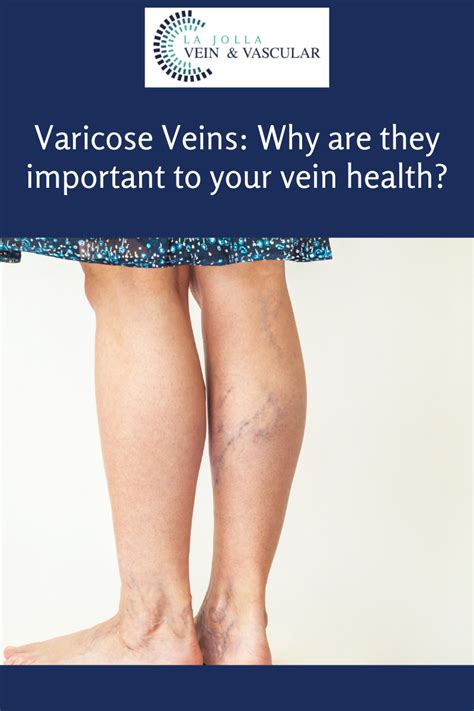
Coping with Varicose Veins
Coping with varicose veins can be emotional and challenging. The following steps can help individuals cope with varicose veins: * Seek support from family and friends * Join a support group * Practice stress-reducing techniques, such as meditation and yoga * Focus on overall health and wellness These steps can help individuals cope with varicose veins and improve overall health.What are the symptoms of varicose veins?
+The symptoms of varicose veins include visible signs such as bulging veins, discoloration, and swelling, as well as non-visible signs such as pain, itching, and heaviness in the legs.
How are varicose veins diagnosed?
+Varicose veins are typically diagnosed with a physical examination and medical history, as well as tests such as ultrasound and Doppler.
What are the treatment options for varicose veins?
+The treatment options for varicose veins depend on the severity of the condition and the individual's overall health, but may include self-care measures, sclerotherapy, laser therapy, or surgery.
In conclusion, varicose veins are a common condition that can cause discomfort, pain, and embarrassment. Understanding the symptoms, causes, and treatment options for varicose veins is essential to seeking proper treatment and relief. By taking steps to prevent varicose veins and manage the condition, individuals can improve their overall health and reduce the risk of complications. We invite you to share your experiences and questions about varicose veins in the comments below, and to share this article with anyone who may be affected by this condition.
